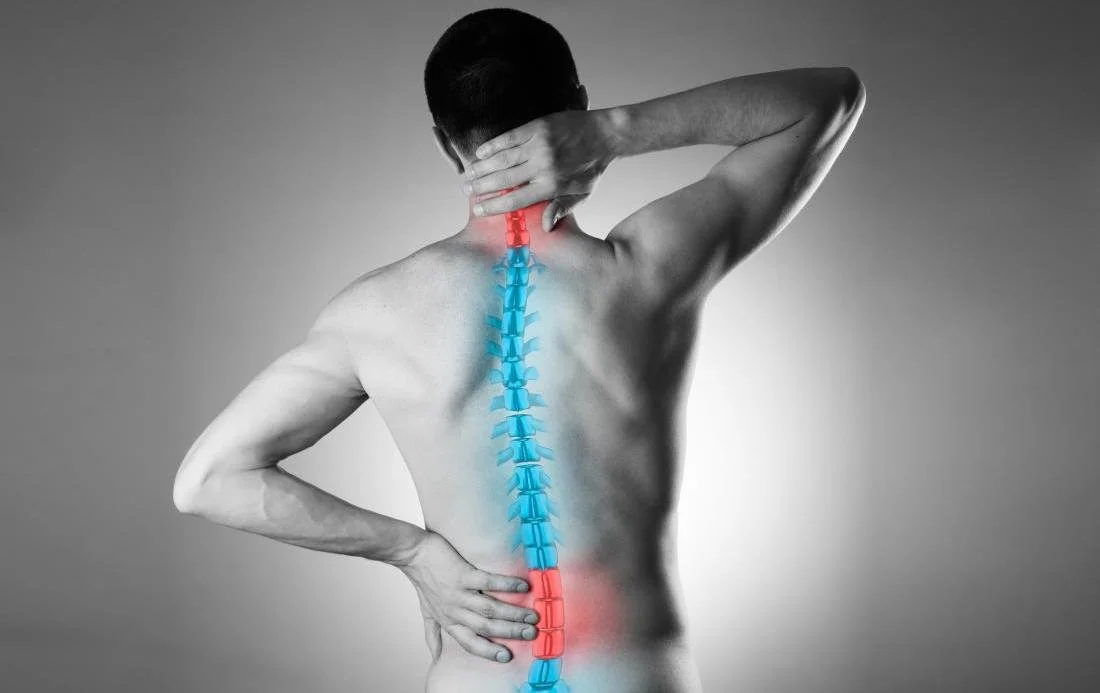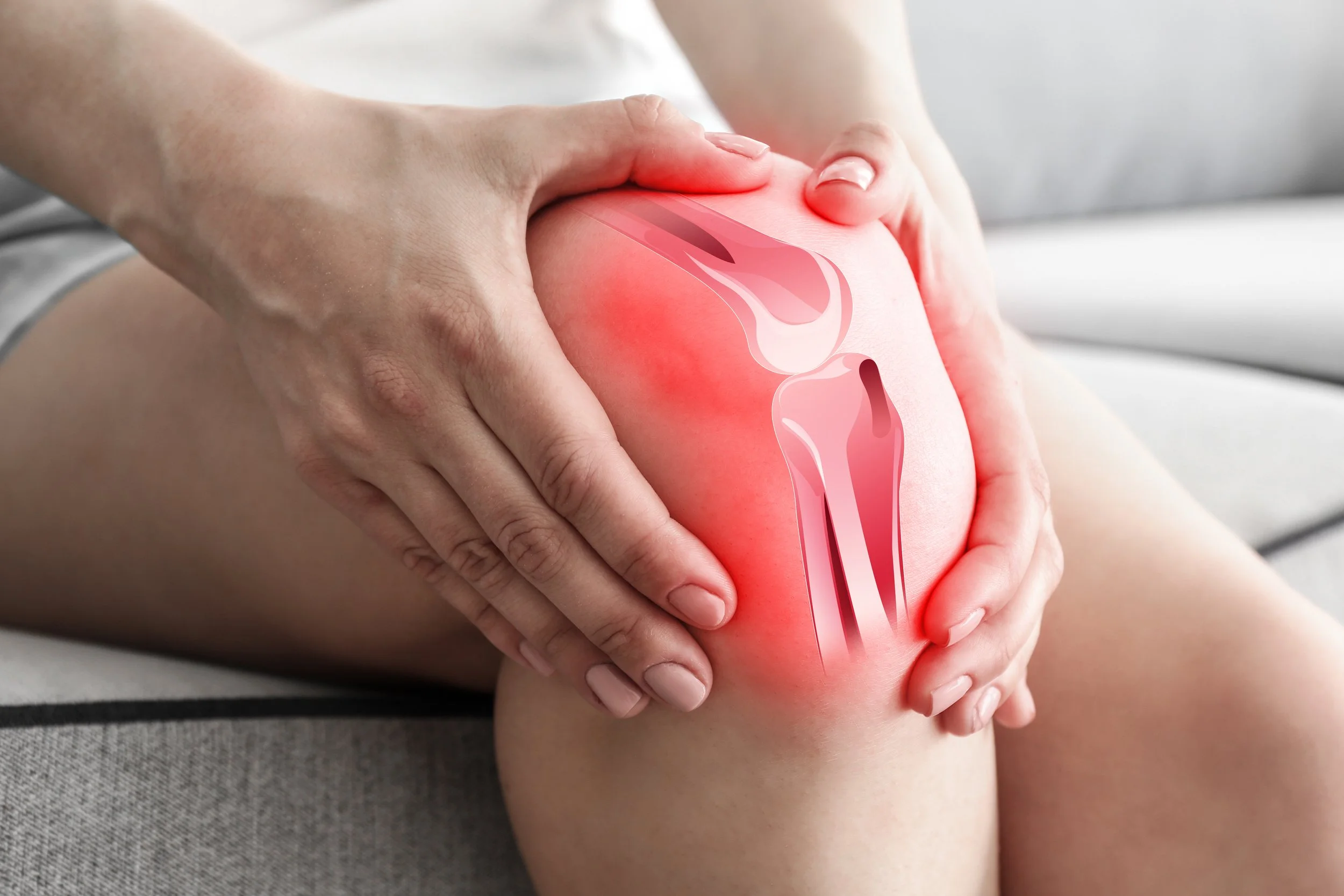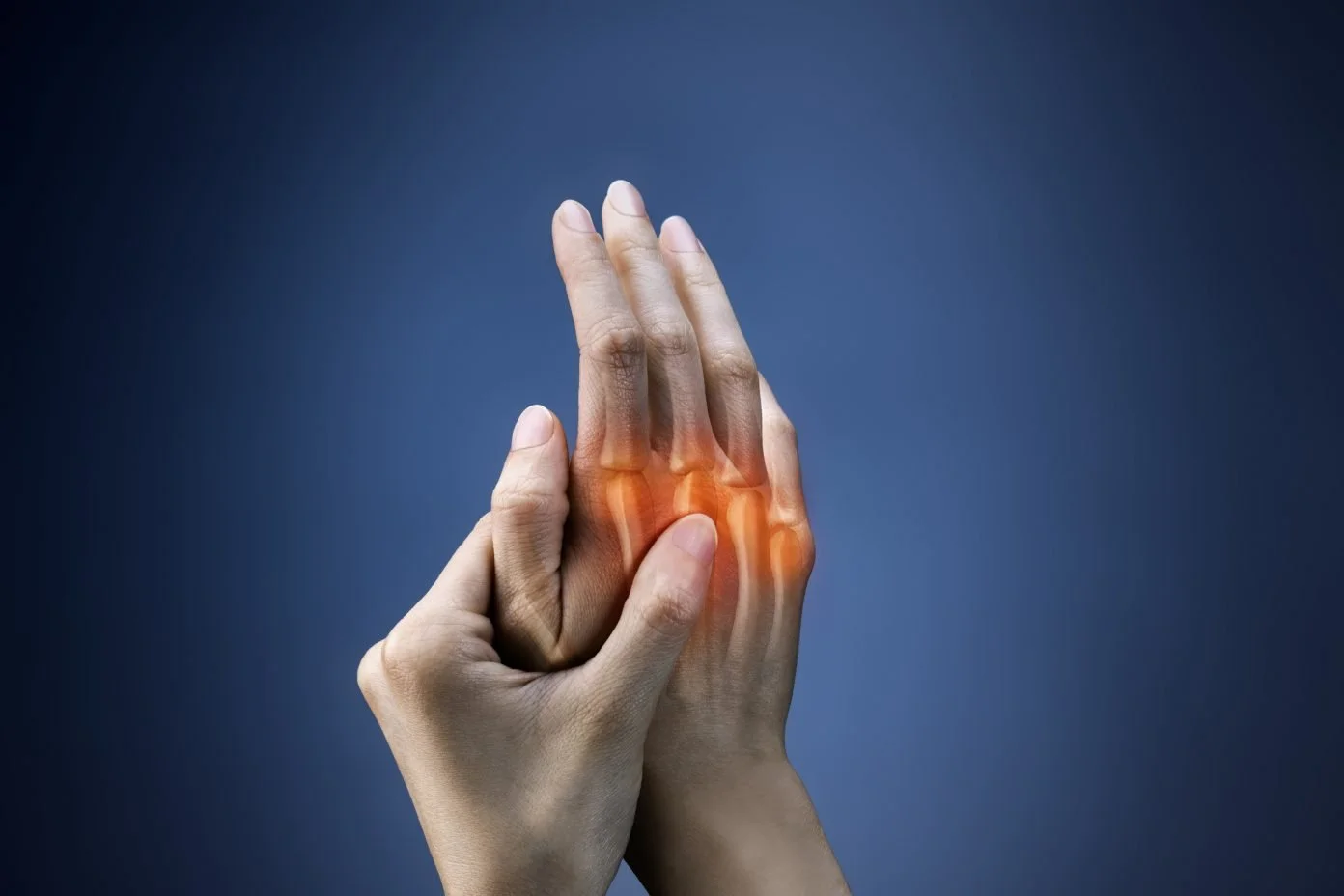The Art Of Pain Management
Pain, while a universal experience, can be a challenging and isolating burden when it becomes persistent or difficult to manage. Our goal in this blog post is to provide you with an engaging and insightful exploration of pain management, focusing on common conditions such as arthritis, fibromyalgia, chronic back and neck pain, headaches, rheumatoid arthritis, neuropathic pain, and a wide range of musculoskeletal issues. By delving into various pain management techniques and approaches, we aim to empower you with knowledge and resources that can help you alleviate pain and ultimately enhance your overall quality of life.
Understanding Pain
Pain is a complex and subjective experience that occurs when our nervous system perceives potential harm or injury. There are three main types of pain: nociceptive, neuropathic, and inflammatory. Nociceptive pain arises from damage to body tissues, while neuropathic pain, also known as nerve pain, occurs due to damage or dysfunction in the nervous system. Inflammatory pain is caused by the body's response to an injury or infection.
The nervous system plays a crucial role in pain perception. Emotions and psychology also influence how we experience pain, making it a truly personal and unique experience for each individual (1).
Acute and Chronic Pain
Acute and chronic pain are two distinct types of pain that can affect individuals differently. Understanding the differences between them, their causes, and how they impact daily life is essential in determining the most effective approach to pain management.
Differences Between Acute and Chronic Pain
Acute pain is a sudden, sharp sensation that typically results from a specific event or injury, such as a sprain, fracture, or surgery. It serves as a warning sign from the body that something is wrong and needs immediate attention. Acute pain is usually of short duration, lasting from a few moments to a few months, depending on the cause. As the body heals, acute pain gradually subsides.
Chronic pain, on the other hand, persists beyond the expected healing time, typically lasting for more than three months (3). It can range from mild discomfort to severe and debilitating pain. Chronic pain may originate from an injury or illness but can continue long after the initial cause has been resolved. In some cases, chronic pain may arise without a clear cause, making it challenging to diagnose and treat.
Causes of Acute Pain
Acute pain can result from various causes, including:
Injuries: Trauma to the body, such as fractures, sprains, or strains, can lead to acute pain.
Surgery: Post-operative pain is a common form of acute pain that occurs as the body heals from surgical procedures.
Infections: Pain may occur as the body fights off infections, such as an abscess or cellulitis.
Burns: Thermal, chemical, or radiation burns can cause acute pain, depending on the severity.
Dental issues: Toothaches or pain following dental procedures can also result in acute pain.
Causes of Chronic Pain
Chronic pain can arise from several factors, including:
Unresolved injuries: In some cases, an injury may not heal correctly, leading to persistent pain.
Ongoing inflammation: Conditions such as arthritis or inflammatory bowel disease can cause chronic pain due to persistent inflammation.
Nerve damage: Neuropathic pain, resulting from damage to the nervous system, can lead to chronic pain conditions such as diabetic neuropathy or postherpetic neuralgia.
Central sensitization: In some individuals, the nervous system may become overly sensitive to “danger” signals, causing a heightened pain response to normal stimuli.
Psychological factors: Stress, anxiety, and depression can contribute to the development and persistence of chronic pain.
Transition from Acute to Chronic Pain
In some cases, acute pain can transition into chronic pain if not properly managed (3).
Factors that may contribute to this transition include:
Inadequate pain management during the acute phase: If acute pain is not effectively treated, it can lead to the development of chronic pain.
Prolonged inflammation: Persistent inflammation can cause ongoing pain and damage to the affected tissues, contributing to the development of chronic pain.
Pre-existing chronic pain conditions: Individuals with pre-existing chronic pain may be more susceptible to developing additional chronic pain issues following an injury or illness.
Understanding the differences between acute and chronic pain, their causes, and their impact on daily life is crucial for effective pain management.
Common Chronic Musculoskeletal Pain
Chronic musculoskeletal pain is a prevalent issue affecting millions of people worldwide. It can significantly impact daily activities and overall quality of life. Here, we delve deeper into some common chronic musculoskeletal pain conditions and their symptoms.
1) Chronic Back and Neck Pain
Chronic back and neck pain are two of the most common musculoskeletal complaints. As of now, the structural explanation of pain localized in this region (without nerve symptoms) remains insufficient leading to a poor correlation between imaging findings and pain in patients.
2) Osteoarthritis
Osteoarthritis is a degenerative joint condition characterized by the gradual breakdown of cartilage within the joints. This can lead to pain, stiffness, and decreased mobility. Osteoarthritis commonly affects weight-bearing joints like the hips, knees, and spine but can also involve the hands and feet. Again, very often imaging findings do not correlate with pain severity. Even in hips and knees where “severe” osteoarthritis is described on x-ray reporting, pain can be minimal so it is always important to address the patient as a whole.
3) Fibromyalgia
Fibromyalgia is a complex condition that causes widespread musculoskeletal pain, fatigue, and tenderness in localized areas. Its exact cause is unknown, but it is believed to involve a combination of genetic, environmental, and psychological factors. Symptoms can also include sleep disturbances, headaches, and cognitive difficulties, such as problems with memory and concentration.
4) Tendinitis and Bursitis
Tendinitis is the inflammation of a tendon, the fibrous tissue that connects muscles to bones. Bursitis, on the other hand, occurs when the bursa – a fluid-filled sac that cushions and reduces friction between tissues – becomes inflamed. Both tendinitis and bursitis can cause pain, swelling, and restricted movement in the affected area. Common sites include the shoulder, elbow, wrist, hip, and knee. We are slowly understanding more about the contributing factors for persistent pain arising from tendons. Whilst it is important to address factors such as load, strength and mechanics, there is a growing body of research showing that severity of structural injury is not alone a predictive factor for outcome. Systemic low grade inflammation, stress, lack of sleep amongst others are found elevated in multiple tendon related pathologies.
5) Rheumatoid Arthritis
Rheumatoid arthritis is an autoimmune disorder that leads to chronic inflammation of the joints. It can cause joint pain, stiffness, swelling, and eventually joint damage and deformity. Rheumatoid arthritis often affects the hands, wrists, and feet but can involve other joints as well. In addition to joint pain, people with rheumatoid arthritis may experience fatigue, fever, and weight loss. Generally autoimmune type joint pain presents with significant morning stiffness for more than 30mins amongst other symptoms. Your physiotherapist, should they suspect an autoimmune condition will refer you either back to your GP for a basic blood screen or to a rheumatologist for a more in depth work up.
Key Pillars of Pain Management
Managing pain effectively requires a multifaceted approach, each component as essential as the next. We'll delve into the importance of restful sleep, stress management, general fitness, strength training, adequate recovery, a balanced diet, and adjunct therapies. Together, we’d explore how these pillars form the foundation of a robust and holistic pain management strategy.
Sleep and Pain Management
Sleep, often seen as a passive activity, is in fact an active process of rejuvenation and healing. One of the key hormones aiding this process is the growth hormone, produced in the first few hours of sleep. This hormone is primarily involved in tissue growth and repair (4) which helps in maintaining and developing healthy body tissues, including muscle and bone. It works its magic predominantly in the first half of the sleep cycle, making sleeping before midnight even more important. A healthy sleep routine thus becomes a non-negotiable element in our quest for effective pain management, a silken thread in the weave of our body's restorative tapestry (5).
Stress Management and Pain Perception
Stress is an unseen antagonist, a silent manipulator of our pain perception. Be it past trauma or ongoing stressors, they act as “dangers,” escalating our sensitivity to pain. This is where stress management comes in. By recognizing these “dangers,” we can counter them by creating a “safety” zone filled with calming activities that help regulate stress hormones. Mindfulness, meditation, or simply indulging in a favored hobby can create this zone, acting as a mental balm that reduces pain, offering an oasis in the desert of stress-induced discomfort.
The Role of General Fitness
Fitness is not just about the aesthetics of a chiseled body, but about the art of building a resilient one. Regular exercise boosts our endorphins, nature's own painkillers, providing a natural antidote to discomfort. It enhances flexibility, reduces stiffness, and increases strength, all of which contribute to efficient pain management. Even if you are dealing with chronic pain, gentle exercises tailored to your capacity can offer substantial benefits. Remember, fitness is a journey, not a race.
Strength Training in Pain Management
Strength training is like the 'Tortoise' in the famous fable, slow and steady, but ultimately victorious. It fortifies muscles, reduces pressure on joints, and consequently, eases pain. But the secret lies in patience and consistency. Rapid, high-intensity workouts can lead to injuries, derailing your pain management efforts. Instead, opt for progressive overload, slowly increasing the intensity of your workouts. This approach provides an armor of strength without the risk of injury, making strength training a powerful ally in battling pain. Strength training and the resultant growth of muscle also has a multitude of effects including increasing signaling for a less inflammatory environment. This ability for muscle to “signal” has led to the redefinition of muscle as an endocrine organ!
Importance of Adequate Recovery Times
In our pursuit of strength and fitness, we often forget a crucial element - recovery. Just as a car needs regular servicing to run smoothly, our bodies need rest to repair and strengthen. Without adequate recovery time, we risk overuse injuries and heightened pain. So, ensure to intersperse your exercise routines with rest days, listen to your body’s needs, and embrace the restorative pause. After all, pain management is a marathon, not a sprint. Remember, most exercise is a stressor that causes adaptation, it is during our relative rest days that we grow and adapt to this stressor.
Diet and Pain Management
Our diet is the fuel for our body's functions, and it can either exacerbate or alleviate pain. A simple, balanced diet can be a powerful tool for pain management. Aim to remove pro-inflammatory oils, excessive sugar, and processed foods. These are the 'Trojan horses' of diet-induced inflammation and pain. On the flip side, identify potential allergens or sensitivities with the help of a nutritionist, if needed. Foods that nourish and heal can be your secret weapon in the fight against pain.
Adjunct Therapies for Pain Management
Sometimes, our bodies need a little extra help. Enter adjunct therapies like saunas and cryotherapy. These therapies can stimulate blood circulation, promote detoxification, and aid in muscle recovery, thus reducing pain. Saunas, for instance, use heat to induce a pseudo-fever state, boosting the body's healing process. Cryotherapy, on the other hand, uses extreme cold to reduce inflammation, much like an ice pack, but on a whole-body scale. While not everyone may have access to these therapies, they can offer significant benefits if available and used correctly. Remember, these are adjuncts and should complement, not replace, your primary pain management strategies.
Lifestyle modifications
Maintaining a healthy weight, practicing good posture, and ensuring proper ergonomics at work can help prevent or alleviate chronic musculoskeletal pain.
Physiotherapy Treatments For Pain
Embarking on a journey to alleviate pain involves exploring an array of treatments, each unique yet interconnected. Shockwave therapy, a non-invasive technique, employs high-energy acoustic waves to stimulate healing in conditions like plantar fasciitis or tennis elbow. Dry needling, distinct from acupuncture, targets muscle trigger points to ease tension and alleviate pain from headaches to nerve pain. Manual therapy uses the power of touch via joint mobilization, soft tissue mobilization, and manipulation to bring relief. This multifaceted approach underlines the essence of pain management: seeking professional guidance, staying proactive, and remembering that you're not alone on this path towards improved quality of life.
The journey of pain management is as unique as you are. It requires listening to your body, learning its language, and understanding its needs. It’s a delicate dance between sleep, stress management, fitness, strength training, diet, and recovery, sometimes complemented by adjunct therapies. Yet, the crux of this art lies in balance, patience, and consistent practice. Be gentle with yourself, take one step at a time, and remember, the goal isn't to eliminate pain overnight, but to gradually reduce its intensity, increase your comfort, and enhance your quality of life. After all, pain management is not just an art, it's a commitment to your well-being. A good physiotherapist will investigate this whole picture, educate you, support you, advise you and perhaps provide some additional modalities to jumpstart your journey and pathway to recovery.
References
American Psychological Association. (2013, December 15). Managing chronic pain: How psychologists can help with pain management. https://www.apa.org/topics/pain/management
Semmons J. The role of specialist physiotherapy in a pain management clinic – traditional and novel approaches. Anaesthesia and Intensive Care Medicine. 2022 Jul;23(7):405–8. doi: 10.1016/j.mpaic.2022.03.013. Epub 2022 May 20. PMCID: PMC9119740.
C. Voscopoulos and M. Lema. When does acute pain become chronic?. British Journal of Anaesthesia 105 (S1): i69–i85 (2010) doi:10.1093/bja/aeq323
Bolamperti S, Guidobono F, Rubinacci A, Villa I. The Role of Growth Hormone in Mesenchymal Stem Cell Commitment. Int J Mol Sci. 2019 Oct 23;20(21):5264. doi: 10.3390/ijms20215264. PMID: 31652811; PMCID: PMC6862273.
Ian Oswald. M.D., D.Sc. Department of Psychiatry, University of Edinburgh. The function of sleep https://www.ncbi.nlm.nih.gov/pmc/articles/PMC2496224/pdf/postmedj00277-0018.pdf
https://www.iphysio.sg/articles/what-is-electromagnetic-shockwave-therapy-eswt-and-how-does-it-work
https://www.iphysio.sg/articles/what-is-electromagnetic-shockwave-therapy-eswt-and-how-does-it-work




